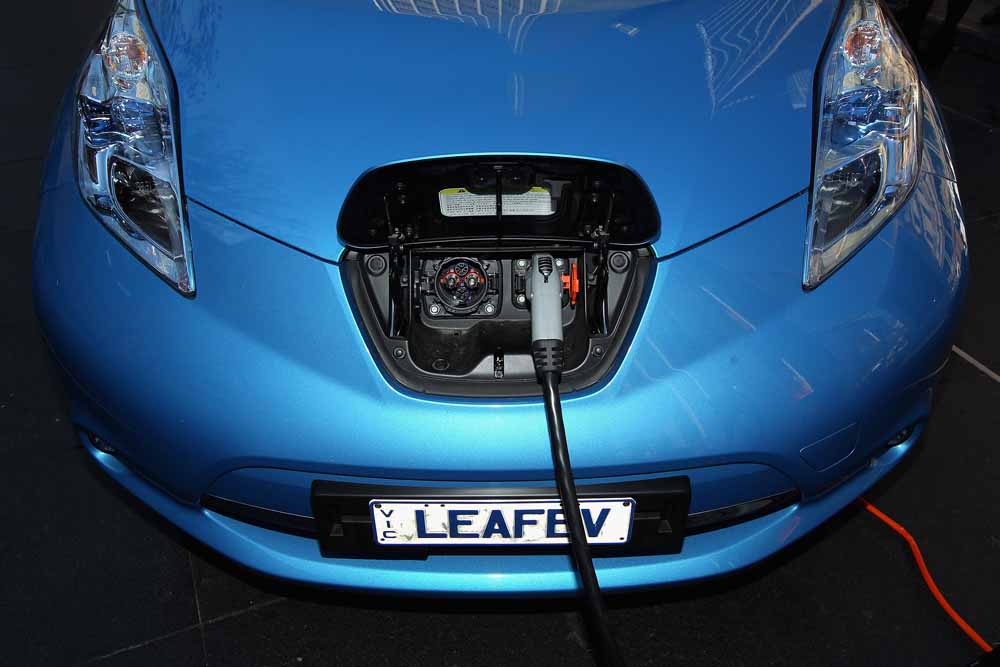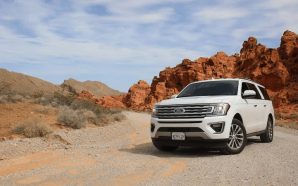If you are looking to go for a used car purchase, you are far from being alone. More than 40 million used vehicles change hands every year in the UK.
With so many options in your hand, it might be difficult for you to choose the right one for your purpose. The following tips can help.
1. How much can you afford?
If you are making the purchase on loan, try to follow a rule of thumb at all possible costs: “The payment of your car should not exceed 20% of your monthly take-home pay.”
If you are on a tight budget, spend even less. Remember, used cars may need a little bit of extra attention from time to time such as new tyres, additional maintenance costs, and other similar services. And then there are also other factors to consider such as insurance and fuel.
So prepare a budget and stick to it. Your financial hygiene will benefit a lot.
2. Prepare a list of used cars
It is no secret that car A and car B can do good as “used” cars but at the same time, you should also remember that they cost a few hundred bucks extra than car C and car D who can also do the job reasonably well.
So what should your tactic be to avoid such confusion? Making a checklist of your preferred vehicles prior to the purchase and go in with all guns blazing; as simple as that. This can definitely streamline your approach into a system making the purchase fun, rather than a chore.
3. Check and compare prices
Checking and comparing vehicle prices should be an absolute must for you to do especially when going for a used car purchase because it can save you a whole lot of money.
Plenty of price comparison sites are there on the internet that provides their services for free. Use them to your advantage.
4. Once you have selected your ride, check its history report
Unless you are buying the car from a close relative or a friend of yours, it is advisable for you to look up its history* at the very least.
What if the car has a bad history report in terms of accidents or malfunctions? The sooner you are aware of it, the better it is.
*Note: As far as vehicle history reports are concerned, Carfax and AutoCheck can help you the most.
5. And finally, test drive the vehicle
Test-driving a car is the best way for you to know whether it’s the right one for you.
Here’s a checklist for you to maintain while test-driving your used car before the purchase:
- Is it comfortable enough for you to get in and get out?
- Are there enough legroom, hip room, and headroom for the passengers?
- Are the seats comfortable (including the driver’s)?
- Do you see the “check your engine” light on while driving your car? If yes, look it up ASAP.
- Check the tyres. How old are they? Are they bald? As far as bald tyre checks are concerned, this graphic can come in handy for your purpose.


- How are the brakes? Are they good enough?
- Is the air-conditioning working?
- And finally, don’t forget to check the headlights, brake lights, wipers, and your indicators to confirm everything’s in a fine working condition.
For more information on used vehicle purchases, refer to the following infographic.


Source- Visual.ly (Created by Plates4Less)
Kent Charlie is associated with a vehicle registration agency that also deals with the personal number plate design. He has also been writing for many online publications on a freelance basis. Kent loves traveling and adventure riding, which he often does alone. Collecting heritage car number plates is one of his favorites and he takes pride in that. He takes inspiration from Plates4Less which sells number plates for vehicles.

















